The rapid development of technology allows modern man equip your home as comfortable as possible. This requires various kinds of installations: utilities, household plumbing equipment, etc.
Consider the basics of arranging a water supply system in apartment building.
Providing water for a multi-storey building is a rather difficult task, since the house includes a large number of apartments with autonomous sanitary equipment.
Water supply system - engineering system with piping, water pressure control devices, as well as metering installations and filters.
Often tenants multi-storey buildings use a central water supply system.
Components of the central water supply system. Types of schemes
Typically, the water supply system consists of:
- Distribution channel;
- Intake structure;
- Cleaning plant.
Before the supply of water to the room is ensured, it goes a long way directly from the pumping unit to the reservoir. After the complete cleaning and disinfection of the water has been completed, it enters the distribution channel. The distribution channel ensures the flow of water to special installations.
Note that the water supply system is divided into 3 types:
- Collector;
- Consistent;
- Mixed.
Often, collector wiring in the house is used in the event that a huge amount of plumbing equipment is equipped in the apartments. The collector circuit ensures the stable operation of all sanitary installations and appliances.
Water supply system risers

Risers - vertical arrangement of pipes in the water supply system.
They are classified into three types:
- Heating riser;
- Water supply stand;
- Sewer riser.
Maintenance of such installations is provided by representatives of such organizations as ZhEK, ZhES and others serving the house.
Let's consider some legal aspects:
- The serviceability of communications in a residential apartment building must be ensured by the management company. Consequently, the organization should replace the risers at its own expense (if we are talking about pipes that have become unusable after their useful life);
- The city or district administration is obliged to replace the risers in the municipal building;
- In the event that the communication systems are privatized, the residents pay for the repair work.
In some cases, the responsible persons try to get away from their duties or demand money for the work done.
In this case, it is necessary to ensure that responsible persons fulfill their direct duties. An official application must be completed and submitted. If there is no reaction, a complaint is written to the housing department. As a rule, such actions are quite enough to restore justice.
Features of hot water supply to a residential building
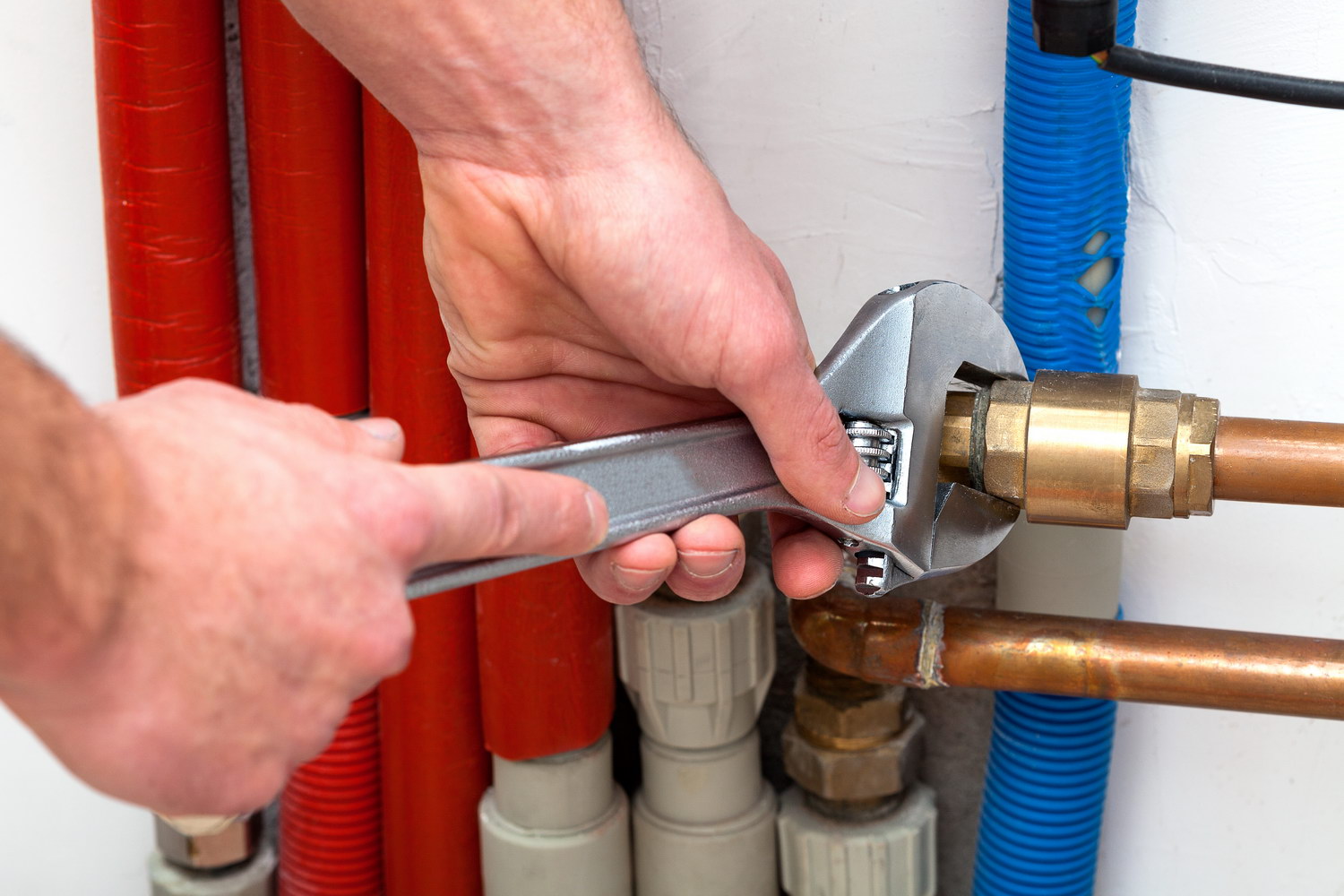
The hot water supply system in the house includes two types of wiring - lower and upper.
To maintain the optimal temperature regime in the pipeline, looped wiring is often used. With the help of gravitational pressure, water circulates in the ring, even in the absence of a draw-off.
In the riser, water is cooled and directly enters the heating unit. With an even higher temperature, water is supplied through the pipes. Thus, a continuous process of circulation of the coolant is carried out.
In addition, the hot water supply system is subdivided according to some criteria:
- Local;
- Centralized;
- Open thermal;
- Closed thermal.
Important! In accordance with SNiP, it is strictly forbidden to supply non-potable hot water to pipes containing technical liquid.
Description of the closed-type heat supply system
IN last years the use of a closed water supply circuit is becoming more and more popular. Closed system It is based on the use of a heat main with a completely separate, autonomous circuit, into which cold water is pumped for subsequent passage through heat exchangers.
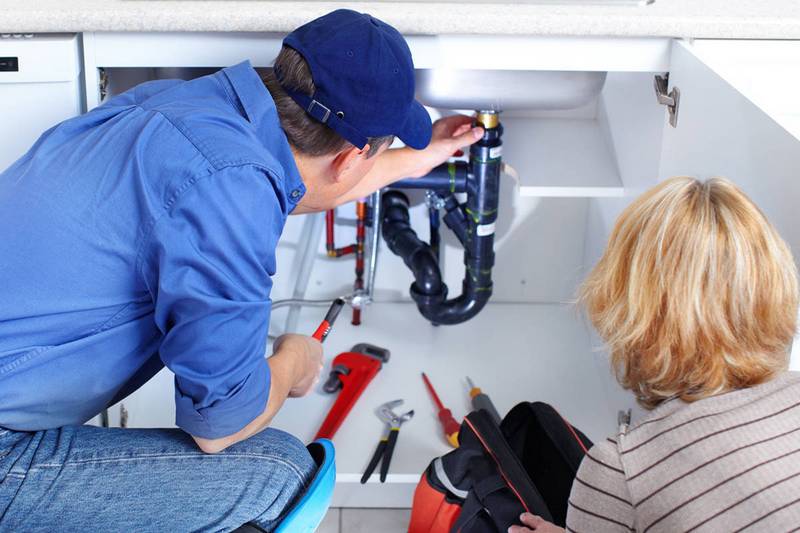
The latter, on the other hand, take heat from the main water, which is heated in a CHP. In addition, other heat sources are available, but the most common among them is the direct transfer of heat from an open-type hot water supply.
In this case, the quality of the hot water supplied to the house does not depend on the condition of the pipes that the central heating system... The closed circuit involves the use of heat exchangers and additional pumping units.
Hot water supply system closed type has undeniable advantages in comparison with open: qualitative indicators and bacteriological properties.
The closed circuit for providing hot water provides a stable temperature regime regardless of the air temperature in winter.
Modern engineers are increasingly resorting to the use of a closed system, since this scheme is characterized by the highest reliability indicators for consumers.
Whether you want it or not, the time comes when you need to do major repairs. And if at the same time you do not replace the water supply risers, then this is no longer repair. The tenant of such an apartment is held hostage to future emergencies.
According to the legislation, the owner, on whose balance sheet is housing, is obliged to replace the water supply risers in an apartment building, at least once every 25-30 years. Since the service life of hot water pipelines is 25 years, and cold water pipelines -50 years.
But there are circumstances when you do not have to wait until the end of the service life of utilities.
Why is it necessary to change the risers of water supply
Replacement water pipes it must be carried out also in case of the following facts:
- The appearance of external defects. Even minor leaks of water and the appearance of rust threaten an early breakdown, and possibly an accident;
- A noticeable violation of the pressure in the pipes. The service life of indoor pipelines provides for an ideal water treatment system, which is rarely found in russian cities... Hence, oxidation, rust, the presence of other extraneous ingredients inside the operated pipelines;
- Pipe clogging and, as a result, an emergency.
Even without taking into account the above, a good owner, having bought decent housing in the old fund, will not wait for the planned repair of the networks, but will begin to replace the risers of cold and hot water himself.
How to start replacing water risers in an apartment building?
Before starting this work, you should complete the following activities:
- Obtain permission from the housing department for dismantling work. In the same place, agree to send plumbing at a certain time to disconnect the riser from the internal system;
- Warn the residents of the entrance about the planned plans to replace the water supply riser;
- Discuss with the neighbors in the riser the best option for performing repair work. That is, either the tenant is solely engaged in, for example, replacing the hot water riser, or together with neighbors who agree to this.

The latter option is very beneficial for the following reasons:
- time savings are created when performing mass work;
- companies carrying out renovation work large volume, provide decent discounts;
- in the case of collective replacement of risers, hazardous areas that may arise in the floor slabs are eliminated.
Advice! If the owners of the apartment from above or below categorically refused to replace, then it is advisable to connect in such a way that it is the abandoned neighbor who has the connecting element. In the future, if this landlord decides to change his riser, then this work will not affect those tenants who have already replaced their risers.
But before this event is carried out, the owner needs to specifically decide what material suits him.
Choosing a material
Metal remains one of the most popular materials for laying utility networks today. When laying local pipelines, steel water and gas (WGP) pipes are used, which are highly durable, resistant to ultraviolet radiation and impermeable to oxygen.
The emerging modern plastic pipes displaced VGP and took a leading place in the number of plumbing pipelines. Polypropylene has become especially popular for hot and cold water supply systems.
Let's compare some indicators of traditional VGP pipes and polypropylene (PP) pipes.
|
Options |
PP pipes |
Comments |
|
|
Service life under the same conditions, years |
25-50 |
50 and higher |
|
|
T slave |
95 0 C |
90 0 C |
|
|
T peak |
More than 100 0 С |
90 0 C |
|
|
Water quality |
Very low |
Satisfactory |
|
|
Connection method |
Electric gas welding |
Manual welding |
Welding PP pipes is not such a laborious process that requires transport delivery of bulky equipment and special materials, as in welding steel pipes... For this, a hand-held welding device of simple design and convenient operation is used. |
|
Weight |
Large |
Small |
The weight of PP pipes is almost 10 times lighter than steel pipes, which reduces the cost of transportation and the cost of replacing water supply risers in general |
|
Corrosion resistant |
Not persistent |
Persistent |
|
|
Labor intensity of installation |
Very high |
Low |
The high labor intensity of steel pipelines also corresponds to the low installation speed, which, exactly the opposite, can be said about PP pipes. |
|
Resistant to electricity |
Not resistant |
Neutral |
VGP pipes in apartment buildings are susceptible to electrocorrosion due to their use, by some residents, as grounding. |
|
Noisiness |
High |
Low |
|
|
Thermal expansion coefficient |
Low |
Tall |
The coefficient of thermal expansion of PP pipes is 10 times higher than that of steel pipes. |
Choosing to replace the ex metal pipes on plastic, consider the replacement process itself.
Riser replacement sequence
- Prepare required materials and tools for work:
- pipes and fittings for them;
- manual welding device;
- scissors or knife for cutting polypropylene;
- marker and tape measure for marking.
- After the plumber of the housing department closes the riser, it is necessary to drain the water and cut the pipe with an angle grinder and pull it out of the floor slab;
- The ends of the prepared plastic pipe, of the required length, clean from dirt and degrease;
- Insert Teflon nozzles of the required diameter into the welding machine and heat them up to 250 0 С;

- On these nozzles simultaneously, to the end, put the fitting and the pipe and turn them several times, rotating for about 900, about 3 seconds, depending on the diameter;
- Remove the parts from the device and connect;
- Connect the finished pipe with the neighbors. If a neighbor from above or below has replaced the riser with a polypropylene one, then the pipes are connected with couplings. If the riser is steel, then the connection is made by means of a transition sleeve with an internal metal thread;
- Release water and check all connections for leaks.
Attention! When replacing water pipes with polypropylene, it must be borne in mind that reinforced pipes are used for heating and hot water supply systems, and unreinforced pipes for cold water supply.
Most often, replacement of water supply risers is required in houses whose age exceeds 30 years or more. The question of who exactly should carry out this replacement - HOA or apartment owners, we will leave outside the scope of this article. And we will try to give practical recommendations on the replacement procedure itself.
Advice: today's locksmiths and plumbers are people who have only recently entered the profession. Modern technologies and the desire to figure it out will help you to master the necessary skills, so that you are quite capable of replacing the water supply risers in your own apartment.
Reasons for replacement
If you are not satisfied with the existing water supply, then the reason for this is most often:
- Deterioration bandwidth (pipe overgrowth);
- Riser leaks or leaks (fistulas, perforating corrosion, etc.)
- Repair of the bathroom and the forced transfer of risers of hot and cold water supply inside the apartment;
- The appearance of impurities in the water (scale, rust, discoloration).
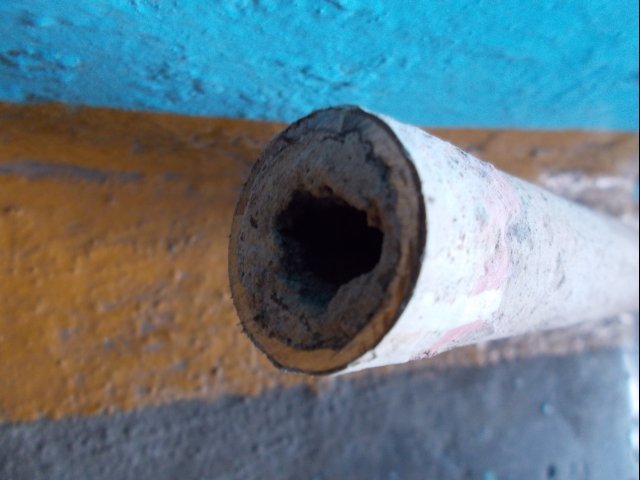
Warning: even if you replace the water supply risers in your own apartment, you will not get rid of impurities 100%. This is a common house problem, and its solution is to replace the risers on all floors of your entrance.
Choice of materials
Steel pipes today are most often replaced by metal-plastic pipes, since they have higher consumer properties:
- They do not come into contact with water;
- They do not overgrow and are not covered with deposits from the inside;
- Corrosion is completely excluded;
- Condensation does not form on the surface, destroying nearby coatings;
- Lack of welding during installation, etc.
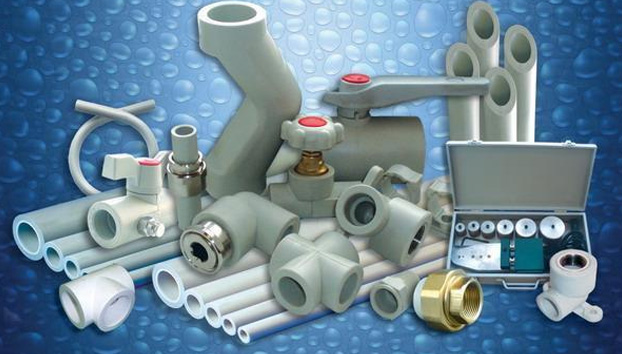
Tip: after analyzing the prices in the nearest hardware stores, make an estimate of the upcoming costs. Keep in mind that the cost of materials for arranging a water supply system should be calculated for 40-50 years. Therefore, choose the highest quality products, even if they cost 15-20% more than average ones.
Organizational matters
Living in an apartment building, you are an independent subscriber of a water supply organization. But at the same time:
- use an in-house system that provides water supply to all apartments;
- replacing the plumbing pipe will inevitably affect the interests of your neighbors;
- and without the help of the management company or the housing office, you will not be able to provide conditions for the replacement.
Accordingly, you must write an application in advance to the HOA or housing office with a request to turn off the water supply in your entrance. This service is paid, and in addition, your residents will be notified of the upcoming disconnection.
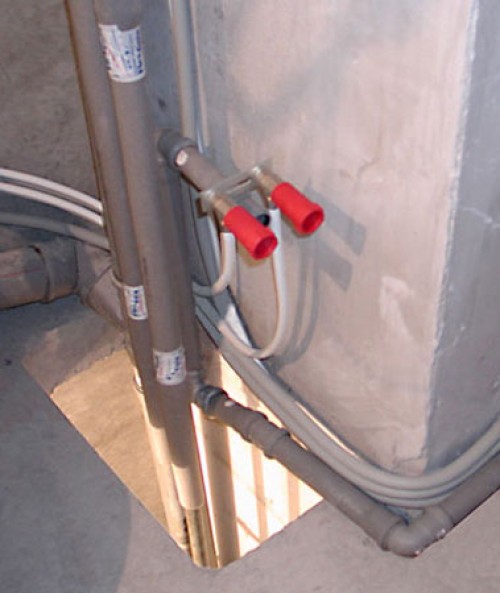
It is also necessary to resolve the issue of replacement with:
- neighbors above and below, because in the process of dismantling old risers, you will inevitably damage the assembly floors;
- it would be quite logical to combine the efforts of several apartments located one above the other;
- you can consider the issue of collective replacement of risers throughout the entrance. For this it is necessary to coordinate the efforts of all residents.
For reference: often such unanimity is inherent only in residential buildings, whose age is approaching 100 years. As a rule, all networks become unusable for such a long time.
Riser replacement process
First, you need to determine which pipe you will attach your new riser to:
- to the old metal;
- to a new material (previously installed by one of the neighbors);
- to a mixed type (old and new).
First option
This is the most common option - you are the first of your neighbors to decide on a replacement. Moreover, you will change the old steel or galvanized pipe to plastic (polypropylene).
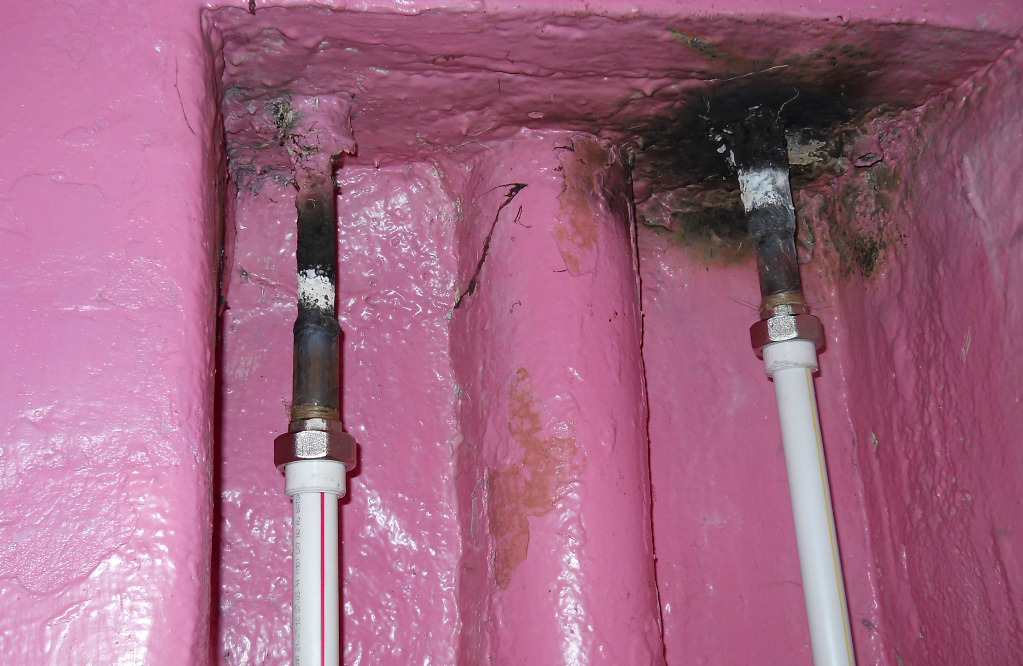
Advice: be sure to replace the part of the pipe that should remain between your apartment and your neighbors' apartments.
Solve the issue in such a way that there is no problem space between you and your neighbors. Otherwise, the installation of water supply risers will not give the expected effect.
Second option
A situation in which your neighbors from above or below managed to replace the old riser with a new one made of modern materials. We advise:
- connect directly to their pipe using a coupling;
- choose an already used material (plastic or galvanized pipe).
You will receive a riser from a single material, and in case of possible leaks, you will call one specialist.
Third option
Perhaps the most unreliable option when:
- one of the neighbors managed to replace the rotten riser with a new metal one;
- another neighbor has not changed yet, but is going to install a plastic one.

In your situation, the replacement process is complicated by the need to connect the riser in your apartment with a variety of materials. Moreover, they will also change in the near future.
However, thanks to modern technology:
- using a solder sleeve in combination with an adapter, you connect to the riser of your neighbors, who will change it in the next six months;
- the use of a collet coupling allows you to securely join the metal riser.
Conclusions: We hope that we have clarified for you the situation with the replacement of risers in your apartment. And you will be able to correctly approach the solution to replace them and avoid typical mistakes... Remember that your efforts are a problem-free plumbing for at least 40-50 years.



